Nitrate Pollution Rising In Private Wells in Iowa
Report highlights lack of water quality data for household wells.
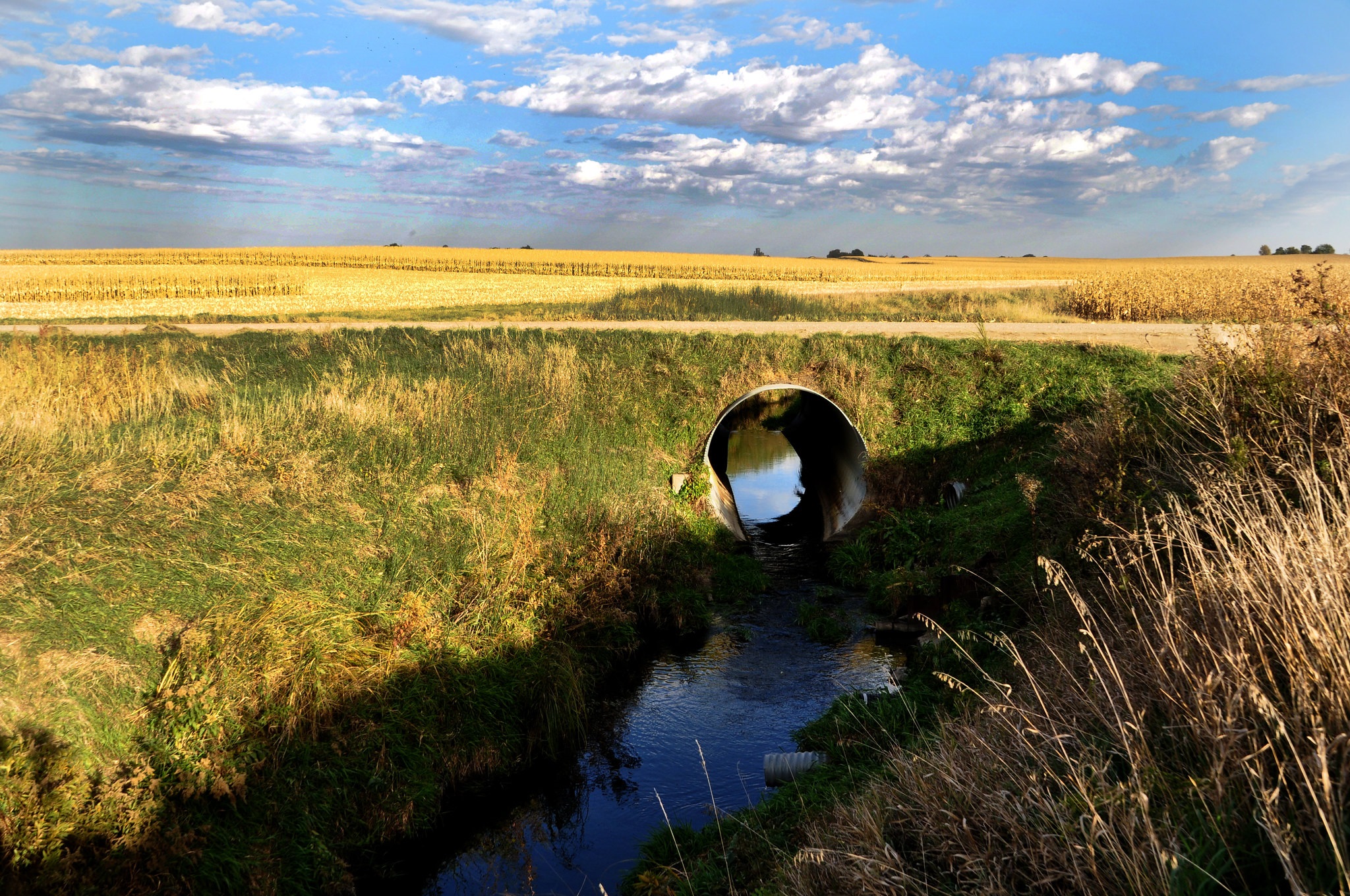
Installation of Drainage Water Management system in Sac County, Iowa. Photo courtesy of NRCS/SWCS Lynn Betts
By Brett Walton, Circle of Blue
Private wells in Iowa, especially those shallower than 50 feet, are exposed to increasing levels of nitrate and are at the highest risk for bacterial contamination.
That’s according to a report prepared by two nonprofit research and advocacy groups, Environmental Working Group and Iowa Environmental Council, and based on an analysis of a state database.
“We can definitely say that for the wells tested, the average nitrate level went up over time,” Anne Schechinger of Environmental Working Group told Circle of Blue.
About 42 million Americans use private wells, an off-grid water supply solution for homes not connected to a public system. Though some states and counties require water testing when a home is sold or a new well is installed, there are generally no rules protecting private well users from contaminants in their wells. In effect, they’re on their own.
That may seem like a libertarian dream, but water contaminants are a genuine health risk and well users often have no idea what they’re drinking. Household wells are a risk factor for gastrointestinal illness, which can be traced to bacteria in the well. Nitrates are of special concern, particularly in farm regions where the chemicals are part of fertilizers and manure that concentrate in rivers and groundwater.
Schechinger chose Iowa for the analysis for two reasons. EWG issued a report in 2017 on nitrate contamination in public water systems that found rising levels in farm regions. The natural follow up question, she thought, was: What about private wells? Iowa has glaring risk factors: it is one of the nation’s leading producers of corn and soybeans, it is home to 23 million hogs, and 85 percent of its land is dedicated to farms.
The second reason is Iowa’s trove of data. The Grants-to-Counties program, which sprang from a 1987 state law, provides a little more than $30,000 a year to each participating county for well repair, plugging abandoned wells, and water quality testing. Data from the water quality tests are logged with the Department of Natural Resources. Few states have a comparable testing program and expansive data set, Schechinger said.
Even though the data set is relatively large, it is also objectively small when compared to the estimated 125,000 household wells in the state.
Nearly 55,000 wells were tested between 2002 and 2017. But most have been given only a glance. Nearly two-thirds of the wells that were tested were tested only once in those 16 years. Only 10 wells were tested every year. State public health departments often recommend that homeowners test their wells annually. Clearly that advice is widely disregarded.
“You have to look at the data knowing that just because there is not a spot on the map that doesn’t mean there’s not a problem there,” said David Cwiertny, a University of Iowa environmental engineering professor and director of the Center for Health Effects of Environmental Contamination. Cwiertny was not involved in the EWG report, but his research group has worked with the state’s well testing data.
A few spots on the map are of greater concern than others. Northwestern Iowa is crowded with hog farms and row crops while the geology in the northeastern corner is more porous and sensitive to contamination, Cwiertny said. U.S. Geological Survey researchers have developed a model that predicts nitrate levels in Iowa’s groundwater using risk factors like well depth (shallower groundwater is more contaminated), soil type, land use, and distance to an animal feedlot. Models are helpful guidance, but testing reveals the characteristics of an individual well.
Certain counties deserve more investigation, Schechinger said. In seven of the 10 counties with the highest average nitrate concentrations fewer than 100 tests were recorded since 2002. In all 10 of those counties, average nitrate levels were 1.5 to six times higher than the EPA standard for public water systems.
“We’re advocating for more testing in those counties to see if it’s a widespread issue or if only the highest wells are being tested,” Schechinger said.
Using all the resources at hand would be a start. Only a few counties exhaust their grant funds each year, according to Mindy Uhle of the Iowa Bureau of Environmental Health Services. Two counties — Cherokee and Marshall — did not participate at all this year, she told Circle of Blue.
The EPA limit for nitrate in drinking water is 10 parts per million, a level aimed at preventing sudden death in infants. Nitrate, which interferes with the blood’s capacity to carry oxygen, causes the suffocating “blue baby” syndrome. Recent research has pointed to chronic illnesses as a problem, too: bladder and colon cancer that develop after decades of exposure to nitrate at levels half the EPA standard.
Iowa has a plan to cut nutrient loads in rivers by 45 percent and Gov. Kim Reynolds approved $270 million last year for water quality projects, but nutrient reductions are far from being achieved.
There are other causes for concern. The Iowa well testing program looks only at three contaminants: arsenic, bacteria, and nitrate. The Safe Drinking Water Act covers 91 substances and even that roster does not include undesirables such as PFAS chemicals and many pharmaceuticals.
“There’s still a bunch we don’t know,” said Cwiertny, who also supports more well testing.
Cwiertny’s follow up question is perhaps more urgent: when — if — more results roll in, “how will we act on these data?”
An earlier version said that 55,000 water samples were taken between 2002 and 2017. In fact, that is the number of wells that were sampled.
Brett writes about agriculture, energy, infrastructure, and the politics and economics of water in the United States. He also writes the Federal Water Tap, Circle of Blue’s weekly digest of U.S. government water news. He is the winner of two Society of Environmental Journalists reporting awards, one of the top honors in American environmental journalism: first place for explanatory reporting for a series on septic system pollution in the United States(2016) and third place for beat reporting in a small market (2014). He received the Sierra Club’s Distinguished Service Award in 2018. Brett lives in Seattle, where he hikes the mountains and bakes pies. Contact Brett Walton

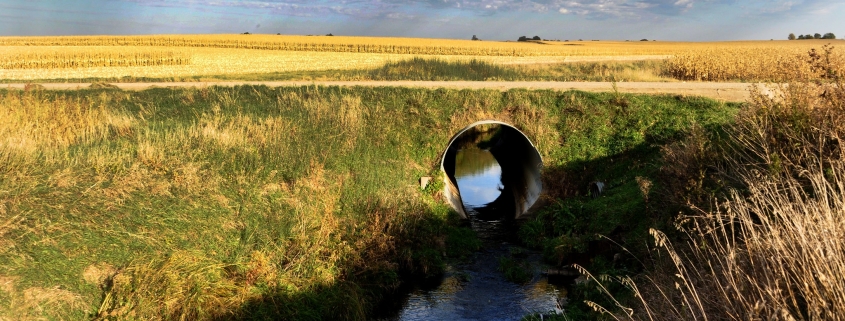

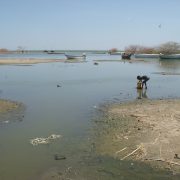



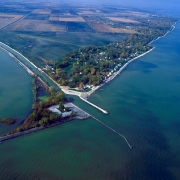
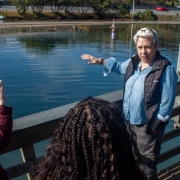



Are there any condition and rules regarding drilling of private well on Lowa?
Are people pay for water abstraction? If so,
How much do they pay for it?